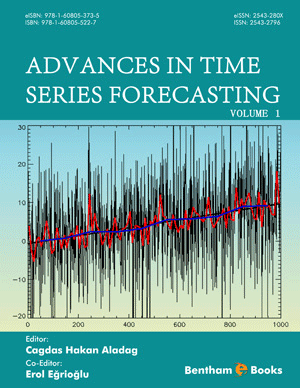Abstract
This chapter presents the two main contemporary views of the Stokes phenomenon. In the first view known as Stokes smoothing, it is claimed that rather than experiencing discontinuities at specific rays in the complex plane, an asymptotic expansion, when magnified on a suitable scale, is a rapidly smoothed function. Here we show that this fallacious conclusion has arisen because an asymptotic expansion for the Stokes multiplier has been truncated, thereby giving the misleading impression that it is equal to a term involving the error function when it is in fact only the leading term of a complicated expression that needs to be regularised. Based on resurgence analysis, the second view bears very little semblance to the original discovery made by Stokes. In this view the Stokes lines become analytic curves that are determined by setting the real part of the action in the one-dimensional Schr¨ odinger equation to zero due to a strange interpretation of maximal dominance in a complete asymptotic expansion. Hence, the resulting asymptotic forms are no longer uniform over specific sectors of the complex plane in marked contrast to the conventional view of the Stokes phenomenon.












